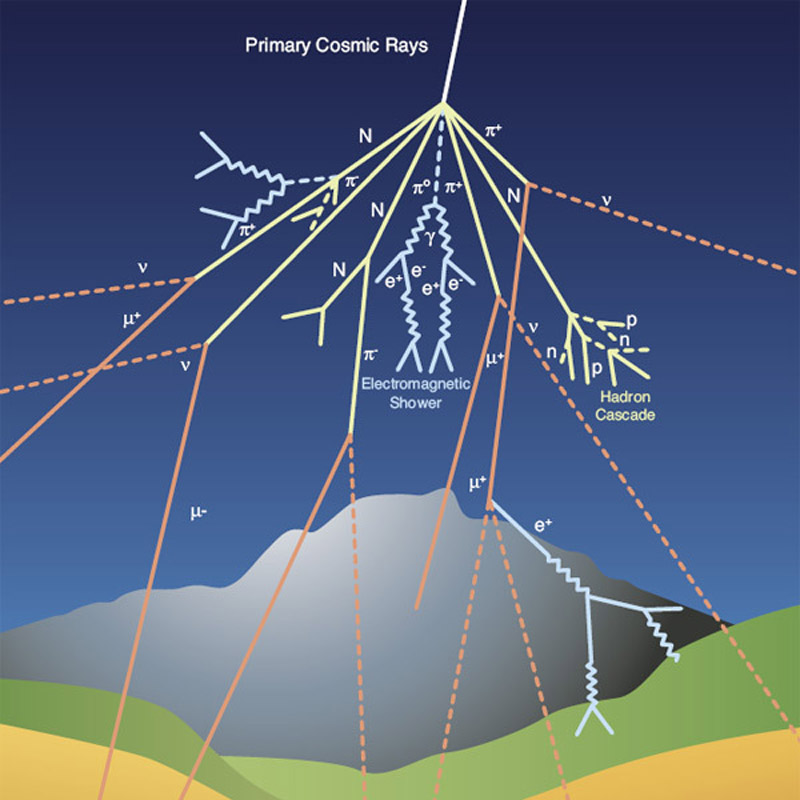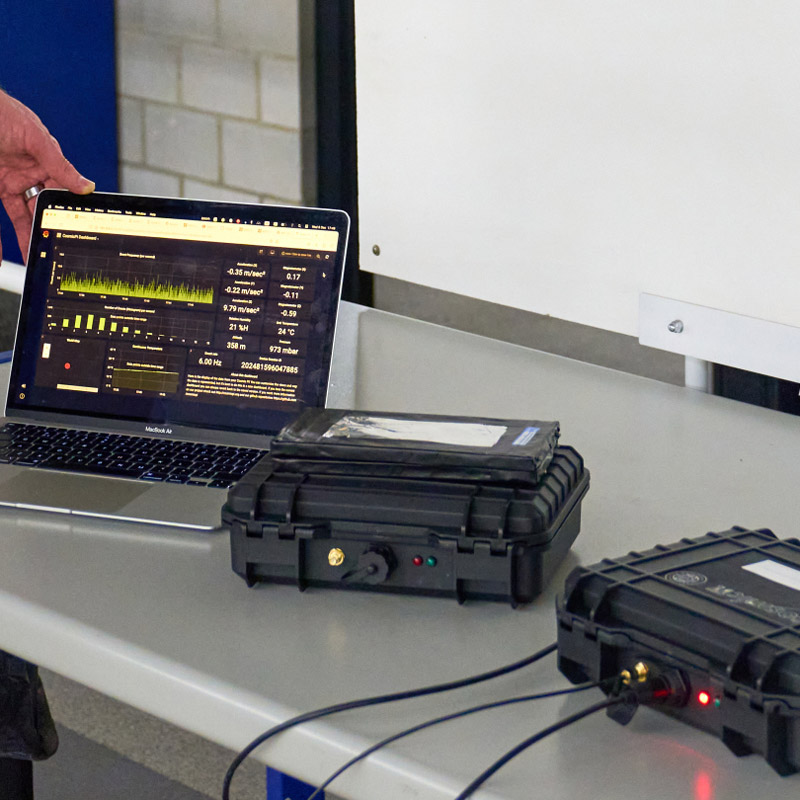Science & Techonolgy
Powered by the Transglobal Car Expedition
The Transglobal Schools Citizen Science Forum is proudly powered by the Transglobal Car Expedition, which on 28 April 2025 successfully completed the world’s first continuous Pole-to-Pole journey — 475 days, 92,500 km, across 5 continents, 42 countries, and 5 oceans.
Led by expedition leader Vasily Shakhnovskiy, the expedition united over 40 explorers, scientists, engineers, and collaborators in an unprecedented test of endurance, innovation, and global cooperation. Along the way, the team collected environmental data, worked with indigenous communities, and documented climate change in some of the most remote regions of our planet.
Be Part of the 2nd Transglobal Schools Citizen Science Forum @ CERN!
Citizen Science Project 2025–2026: Litterati
Litterati is a citizen science project focused on combating litter through a community-driven, data-driven approach. It utilizes a mobile app where users photograph and categorize litter, contributing to a global database that can be analyzed to understand litter patterns and identify problem areas. The project aims to empower individuals to take action against litter, influence policy changes, and promote responsible waste management.
How Litterati Works
Photography and Upload: Users download the Litterati app and photograph discarded litter.
Categorization: They then categorize the litter using a standardized tagging system, specifying material, product, and brand when possible.
Data Collection: The app geotags each photo, recording the location and time of the litter.
Global Database: This data is added to Litterati’s global litter database, which contains over 6 million pieces of litter.
Analysis and Action: The data is used to identify litter hotspots, understand littering trends, and inform potential solutions.
Key Features
User-Friendly App: Litterati provides an easy-to-use platform for anyone to participate in litter collection and data contribution.
Crowdsourced Data: The project relies on the collective effort of its community members to gather and analyze litter data on a global scale.
Data-Driven Insights: The collected data provides valuable insights into litter composition, distribution, and potential causes, enabling informed decision-making.
Community Engagement: Litterati fosters a sense of community and encourages collaboration among individuals, businesses, and governments to address the issue of litter.
Impactful Results: Litterati’s data has been used to influence packaging changes, inform policy decisions, and promote greater personal responsibility towards waste management.
Why Litterati?
Featured in National Geographic, Time Magazine, Fast Company and USA Today, Litterati has become a shining example of how communities are using technology and data to solve our world’s most complex problems.
Kirschner has shared the Litterati story at Fortune 500 companies such as Google, Facebook and Uber, keynoted environmental summits at the Monterey Bay Aquarium and Keep America Beautiful, as well as leading schools including Stanford, MIT and the University of Michigan. He was recently a TED Resident, where he developed Litterati into an idea worth spreading.
Schools worldwide can join the movement — collecting data, reducing litter, and helping shape future waste management policy.
Download the Litterati App
Cosmic Pi
The Transglobal Car Expedition successfully conducted the northernmost measurements of cosmic radiation flow, marking the first study of cosmic ray intensity at the Geographic North Pole, where no prior published data existed.
Using a series of portable cosmic muon detectors mounted on expedition vehicles — designed with open-source hardware and software — the team gathered unique data across some of the planet’s most extreme environments.
The first detector, Erebus, named after the historic ship of the Ross Antarctic expedition (1843), led the journey to the North Pole. Adapted to withstand both polar cold and desert heat, these instruments delivered unparalleled insights into cosmic ray activity along the entire Pole-to-Pole route.
This pioneering effort has expanded our understanding of cosmic radiation, creating a valuable dataset for researchers and educators worldwide.
Cosmic Rays - The Science
Cosmic rays are high-energy particles that originate from various sources beyond our solar system, often from distant galaxies or supernovae. Since the beginning of the 20th century, adventurous expeditions have made attempts at measuring the deluge of cosmic radiation sweeping our planet at the pace of a few thousands per second per square centimetre. These charged particles coming from the cosmos are not very different from the atomic particles studied at the Large Hadron Collider at CERN – except for their energy, which are extraordinarily high, essentially inaccessible even to the most powerful particle accelerator in the world.
Cosmic rays were discovered in 1912 by Austrian physicist Victor Hess (1936 Nobel Prize for Physics). Over 100 years later, they continue to be a new frontier in science. High-energy cosmic rays interacting with our atmosphere have travelled from remote regions of the cosmos for hundreds, thousands or even millions of years. Their energy is so high that it cannot be generated by supernovae, pulsars or even black holes – so where do they come from? Their origin is not yet understood, but studying them can reveal the information they carry from those far away regions of the universe and about their own nature.


The flow of cosmic radiation is particularly intense at the Earth’s poles, as these charged particles are attracted by the planet’s high magnetic field. While cosmic radiation is well studied at the South Pole, where it is “easier” to establish permanent observatories (Antarctica is a real continent, unlike the North Pole which is just frozen sea), measurements above the Arctic circle are extremely rare. In 1933, physicists Compton and Lemaitre organised 8 voyages around the earth, from the Arctic to the Antarctic circle to measure cosmic radiation, reaching a maximum latitude of 78°N. The northernmost measurement of the cosmic radiation was carried out by the Polarquest expedition in 2018 at 82°07’N and is still unbeaten. Transglobal car expedition is set out to beat that record and reach the highest latitude possible: the North Pole.
Cosmic rays influence the formation of clouds (see CLOUD chamber experiment at CERN!), and the earth’s global cloud cover has a crucial impact on climate. Understanding how cosmic rays affect cloud formation is important to understand how our atmosphere was formed, and to better model the Earth’s climate. A recent study also shows relation between cosmic rays flux and earthquakes.
Searching for Dark Matter
Particle Hunters is an international Citizen Science project created by the Cosmic Ray Extremely Distributed Observatory (CREDO). By joining the “Transglobal Expedition” team in the competition, citizens will co-create the world’s largest detector for cosmic radiation, looking for signs of dark matter and studying their potential influence on earthquakes and cancer.
Download the CREDO App
Previous Milestones
1st Transglobal Schools Citizen Science Forum – August 2024
The inaugural Forum brought together students from multiple continents to share findings and experiences from global citizen science projects. It proved that scientific collaboration across borders can inspire and empower the next generation.
Transglobal Car Expedition – Polo2Pole Science Program
The science program of the historic Pole-to-Pole journey provided environmental data, climate records, and citizen science opportunities in some of the most remote places on Earth. This foundation continues to power the Forums and our shared mission of connecting science, exploration, and education.
Citizen Science
Citizen Science empowers people everywhere to actively contribute to scientific research. From documenting environmental change to analysing global data, citizen scientists play a vital role in generating knowledge that would be impossible to achieve with traditional research alone.
With smartphones, apps, and digital tools, communities can now collect and process data at unprecedented scales — monitoring environmental factors, identifying global patterns, and shaping solutions to challenges that affect both local and global ecosystems.
Beyond the data, Citizen Science inspires curiosity, builds public awareness, and empowers communities to take ownership of the scientific questions that matter most to them.
The Transglobal Car Expedition crew proudly champions citizen science. Through its Transglobal Schools Citizen Science Forum, students worldwide are invited to take part in innovative projects such as Litterati, a movement using technology and collective action to combat litter while influencing real policy change.
By joining these initiatives, young people and their schools not only advance science but also prepare to share their contributions at global events like the upcoming 2nd Transglobal Schools Citizen Science Forum @ CERN in January 2026.

